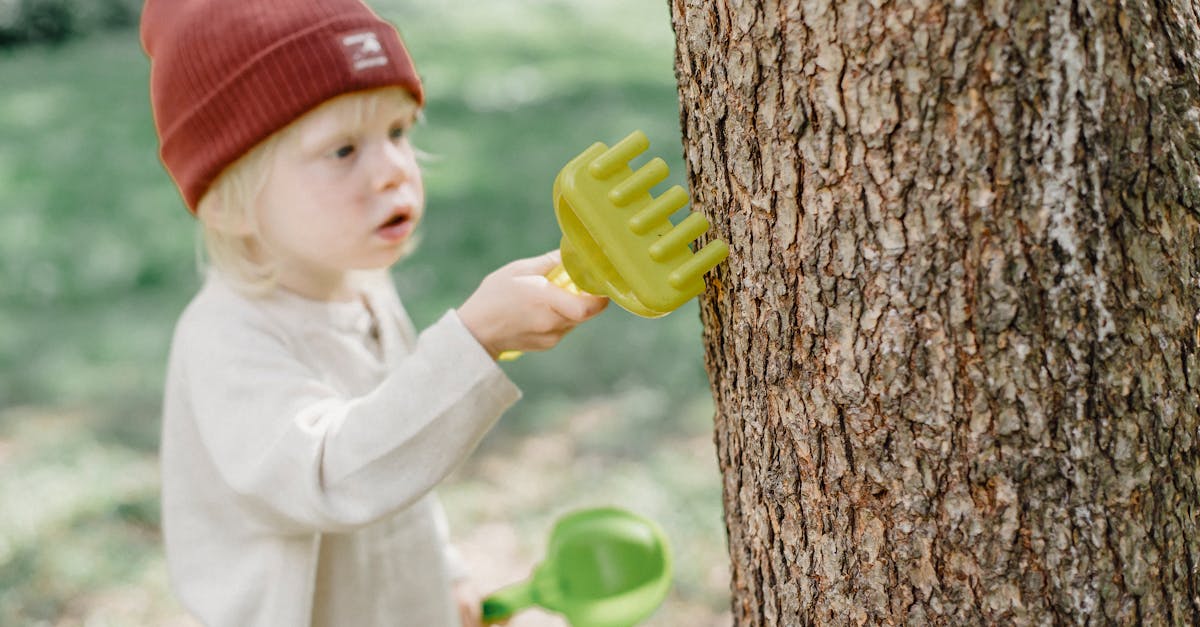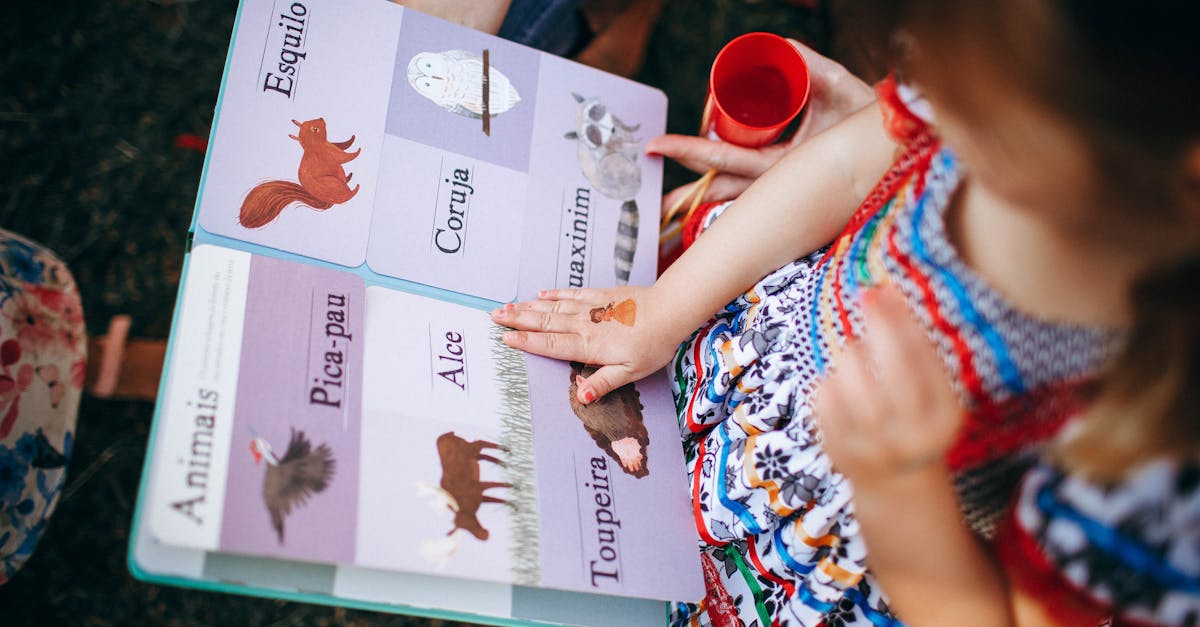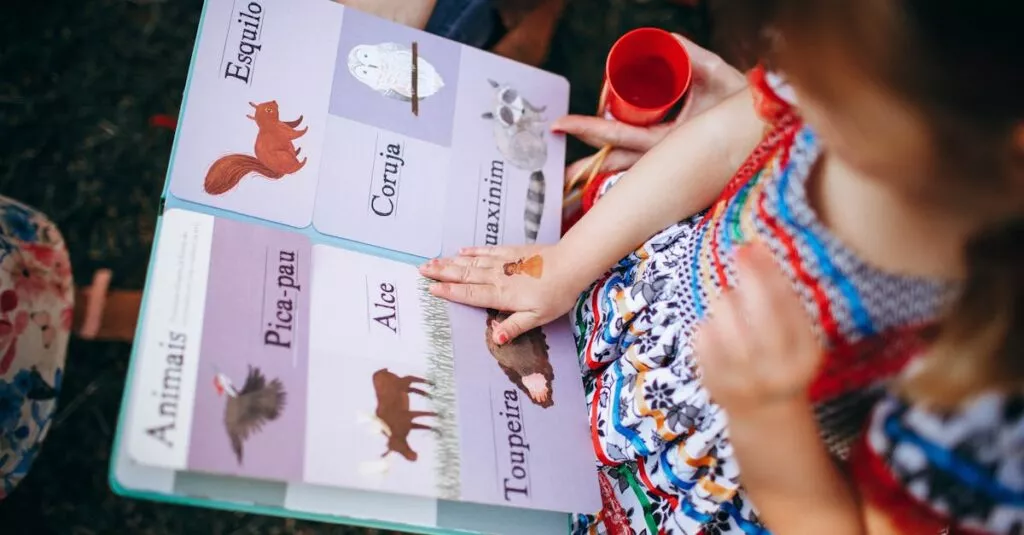Starting With the Basics: Explaining Parables
Ever tried explaining a biblical parable to a four-year-old? It’s like trying to keep socks on a toddler—nearly impossible but incredibly rewarding when done right. Parables, those simple stories used by Jesus to convey spiritual lessons, can seem complex, but they’re gold mines of morality for young minds. The trick? Simplifying them without losing the essence.
Start by explaining what a parable is—a special story that teaches us something important. Then, relate it to something they know. Like how a mustard seed (super tiny) grows into a huge tree. It’s like how one small act of kindness can make a big difference.

Using Visual Aids for Storytelling
Kids love visuals. They remember 90% of what they see versus what they hear. Use colorful picture books or digital slides to retell the parables. Visual aids like flashcards depicting the Good Samaritan or the Lost Sheep can spark curiosity. Better yet, watch animated Bible stories together. Just ensure the visuals match the lesson you’re focusing on. Remember your facial expressions and gestures—their first storytelling workshop is your lap!

Visual aids play a crucial role in capturing children’s attention and helping them engage more deeply with the content being shared. Don’t underestimate the power of a well-chosen image or interactive visual tool!
Incorporate Playtime Activities
Who said learning can’t be fun? Reinforce the day’s parable with themed play. For instance, after discussing the Parable of the Sower, head to your garden. Pretend to sow seeds on different types of ‘soil’ and discuss what happens. Use toy figures to recreate the Parable of the Good Samaritan. It’s a hands-on way to explore empathy and kindness. Plus, it’s a sneaky way to slide in some extra playtime.

Music and Sing-Along Parable Lessons
Nothing sticks like a catchy tune. Use music to introduce and reinforce parable lessons. There are countless children’s hymns and songs that align with Jesus’ teachings. Sing about the Wise and Foolish Builders and have a dance-off on ‘sand’ versus ‘rock.’ It’s a fun, engaging way to help them remember the morals. Search for songs that you can really get into—trust me, enthusiasm is contagious!

Utilizing music as a teaching tool is not only effective but also enjoyable for both the children and the educators. So next time you want to emphasize a lesson, why not add a catchy melody to make it unforgettable?
Create a Parable Storybook Together
Here’s where things get crafty. Create a simple DIY parable storybook. Let your child illustrate their favorite parables using crayons, markers, or stickers. As they draw, they’ll narrate the story back to you. This not only consolidates their understanding but also sparks creativity. Bond over bible stories and unleash your inner artists—it’s a win-win.

Addressing the Tough Questions
Sooner or later, your little theologian will ask the hard questions. ‘Why did the Prodigal Son leave?’ ‘Why didn’t the other seeds grow?’ Instead of shying away, embrace these moments. It’s okay not to have all the answers. Be honest and turn it into a learning moment for both. Explore the answers together and encourage critical thinking. After all, curiosity is the soil where faith grows.

Encouraging Daily Parable Discussions
Discuss a parable daily, even if it’s just for five minutes at breakfast or before bed. Ask open-ended questions like, ‘What would you do if you were the Good Samaritan?’ These discussions keep moral lessons fresh and encourage your child to see the world through a compassionate lens. Plus, you’ll get a glimpse into their developing mind—a parenting treasure.

